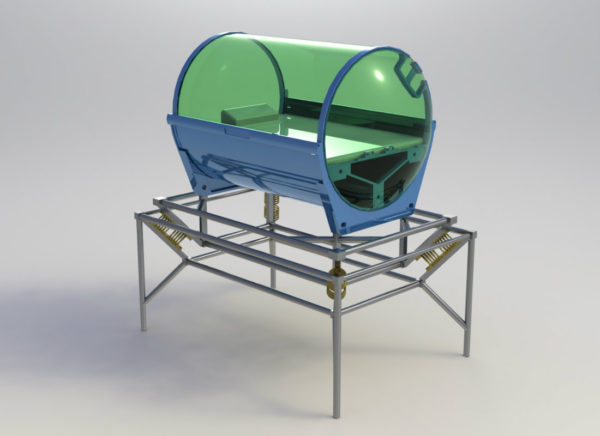Industries: Medical
Simulation is playing an increasingly significant role in the development of medical devices, saving development costs by optimising device performance and reliability, reducing benchtop tests and clinical trials, and helping speed up the regulatory process.

The Xi team has worked extensively at the interface of humans and technology. By combining exacting measurement and advanced Multiphysics simulation, we provide a risk-free environment to assess and optimise your product design whilst meeting all regulatory requirements.
Using simulation or virtual prototypes reduces the number of real-world prototypes, cutting development costs and getting you to market quicker with a superior product.
Our in-depth knowledge of physical phenomena coupled with pure computing power allows us to optimise your product. We commonly develop systems which require microfluidics, dynamics, MEMS component design, shape memory alloys and other advanced materials in many different areas of medical device design. Making Xi Engineering part of your R&D team gives you immediate access to cutting-edge simulation capabilities without the lead time or cost of having these in-house.
Due to the highly sensitive nature of our clients’ projects, robust confidentiality clauses are included within our contracts, allowing us to fully integrate with your team and freely share information. By developing a deep understanding of your project’s scope, we can deliver the highest quality solutions to technical challenges and help relieve prototype bottlenecks associated with product design.
Through our analytical and scientific approach to your project, Xi can help you become the best in your field.
